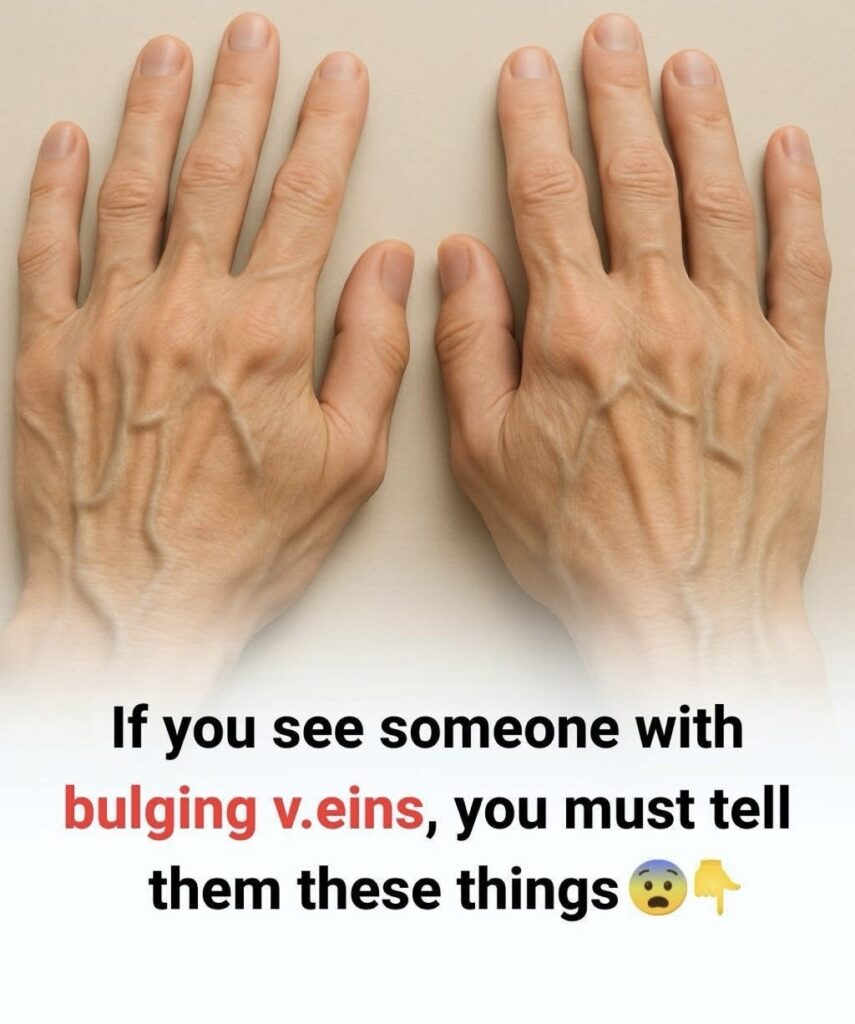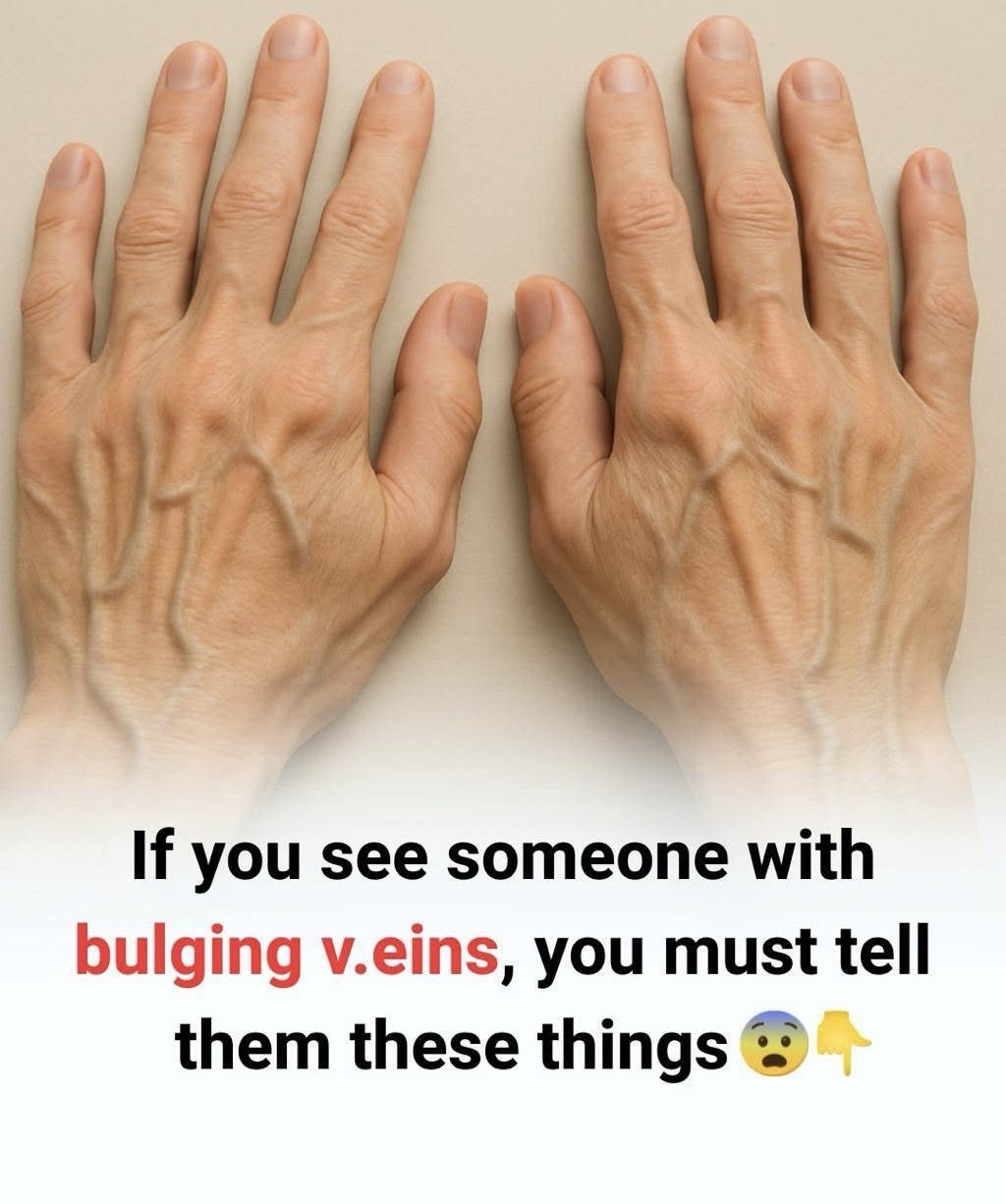
Have you ever glanced at your hands and noticed prominent blue veins? You’re not alone. As we age, these veins often become more visible—and while they can be harmless, they sometimes raise concern.
But what do they really mean? Are they simply a natural feature of your body, or could they indicate an underlying health issue?
The truth is: it depends.
This article explores the difference between normal, harmless blue veins and those that may signal a medical condition such as varicose veins. We’ll also look at treatment options and lifestyle tips to keep your veins healthy.
Why Do Blue Veins Appear on the Hands?
Veins play a vital role in circulation, carrying blood back to the heart. Some lie close to the surface, especially in the hands. When they become more pronounced, they can appear blue—particularly on lighter skin tones.
This can be perfectly normal, but in some cases, it signals something more.
Common Harmless Causes
- Fair or Thin Skin
People with pale or thin skin naturally see their veins more clearly. With age, skin thins, making veins stand out even more. - Low Body Fat or High Fitness Level
If you’re slim or athletic, your veins may appear due to low fat under the skin and increased blood flow during exercise. Weightlifters, runners, and manual workers often notice this. - Pregnancy
Hormonal changes and increased blood volume during pregnancy can make veins more visible. This usually resolves after childbirth.
When to Be Concerned
Not all visible veins are harmless. Sometimes, they may indicate varicose veins—a condition most common in the legs but also possible in the hands.
Warning signs include:
- Enlarged, twisted, or bulging veins
- Pain, heaviness, or tenderness near the veins
- Multiple raised lines across the hands
- Inflammation or swelling around the area
If ignored, varicose veins can lead to complications such as blood clots, pulmonary embolism, heart attack, or stroke.
Diagnosis: When to See a Doctor
If veins suddenly become more visible, painful, or swollen, it’s time to seek medical advice. A doctor may use:
- Physical examination
- Ultrasound imaging
- Venous function testing
These tests reveal whether the issue is superficial or part of a larger circulatory problem.
Treatment Options
Mild Cases
- Compression therapy: Special gloves or sleeves to improve circulation
- Lifestyle adjustments: Regular walking or swimming, staying hydrated, and eating an anti-inflammatory diet
- Weight management: Helps reduce strain on veins
Advanced Medical Treatments
- Sclerotherapy – A chemical solution injected to collapse the vein
- Laser therapy (EVLT) – Laser energy seals the vein with minimal recovery time
- Radiofrequency ablation – Uses radio waves to close larger veins
- Surgical removal – For severe or persistent cases
While effective, these treatments don’t prevent recurrence. Maintaining a healthy lifestyle is key.
When to Take Action
You should consult a doctor if:
- Your veins are enlarging or increasing in number
- They appear twisted, bulging, or painful
- You have a family history of vein problems
- You notice swelling, numbness, or skin changes
Final Takeaway
Blue veins on your hands may simply be a natural part of your body—or they could signal an underlying vascular issue. Knowing the difference is crucial.
Caring for your veins means caring for your circulation—and ultimately, your heart health. If in doubt, don’t ignore the signs. A quick medical check could prevent serious complications later.
